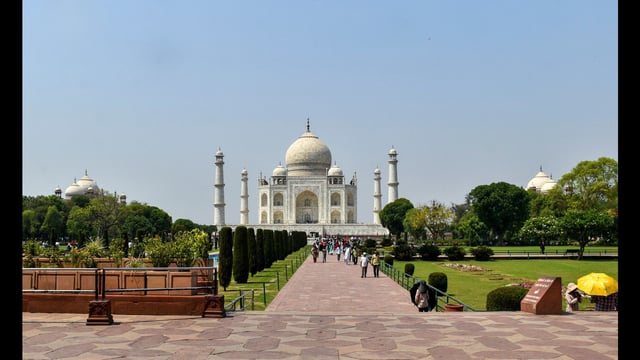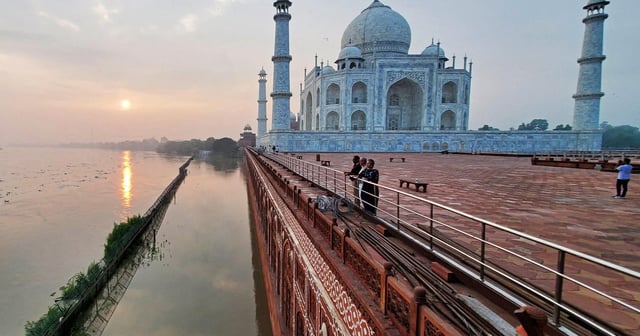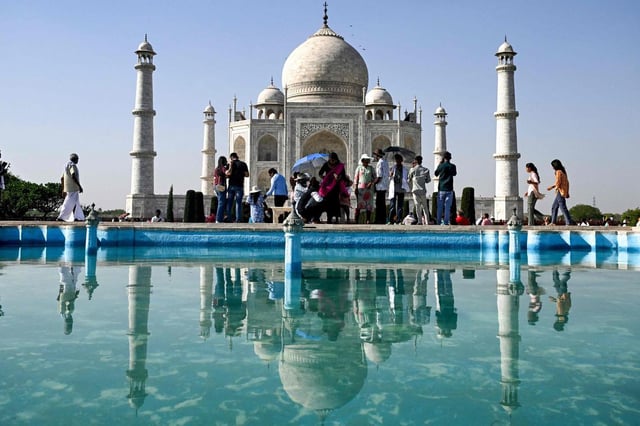Overview
- About 73% of the 1,172 non-marine UNESCO World Heritage Sites face at least one severe water risk according to joint UNESCO–WRI data released July 1–2, 2025.
- Cultural landmarks face chiefly water scarcity and pollution; natural sites encounter riverine and coastal flooding risks.
- The Taj Mahal in India is losing groundwater, suffering pollution that damages its marble; a 2022 flood in Yellowstone National Park prompted over $20 million in infrastructure repairs.
- Regions such as the Middle East—including Iraq’s southern marshes—North Africa, parts of South Asia, northern China face intensifying water stress, with the share of sites under high-to-extreme exposure set to rise from 40% to 44% by 2050.
- Experts from UNESCO, the World Resources Institute recommend restoring wetlands, conserving headwater forests, enacting water policies to bolster site resilience against drought, flooding, pollution.



